How Gamification Improves Math Learning in Kids
How Gamification Improves Math Learning in Kids
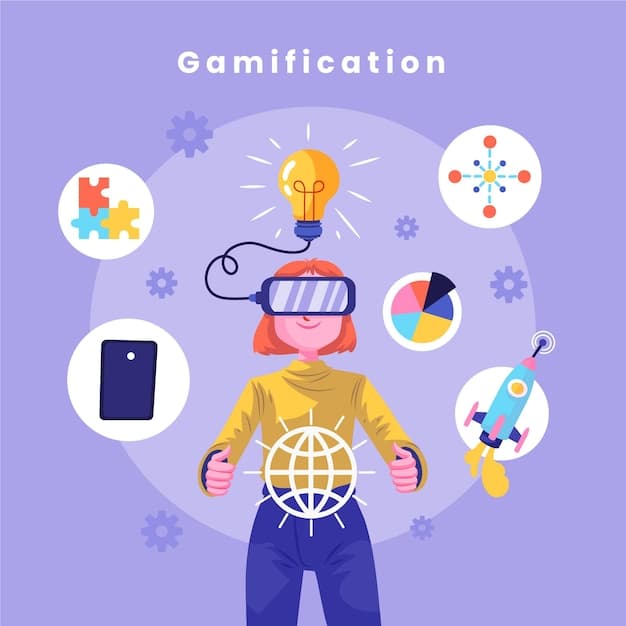
Math has always been associated with a bad name of being among the most scaring subjects to children. It is associated with stress, monotonous drills, and lack of creativity by many students. What would happen though, could math be more of a game than a thing? Nowadays, teachers and education tech creators are demonstrating that learning math does not necessarily mean being a drag but can be a refreshing, engaging, and confidence-inducing process.
This is where gamification fits in. Gamification takes the fun and interest of a game into the classroom by introducing such aspects of it as points, badges, levels, and leaderboards into the learning process. When used in math, it makes problem solving an enjoyable adventure, which the children will be encouraged to continue practicing until they get better at it. It is not only entertainment but at the same time it is about employing the psychology of games to produce meaningful learning that is memorable.
In the current blog, we are going to explore the benefits of gamification in improving the learning of math in children by getting better acquainted with concepts, persistence, and an interest in numbers. We will also examine how other new learning applications like Codeyoung are using the play-based learning to encourage children to not see math as a problem to be solved, but a puzzle to be solved.
What is Gamification in Education?
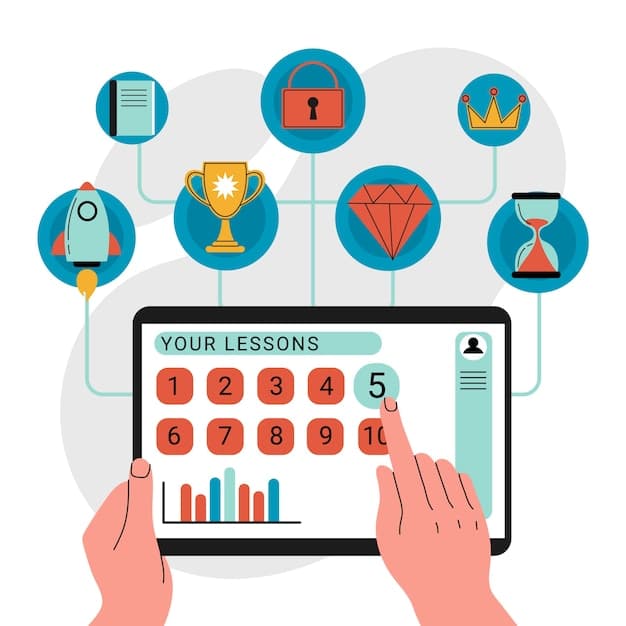
Gamification in learning implies the implementation of game-related features into the learning process, including points, levels, badges, leaderboards, and rewards, in order to make it more interesting and positive. It is not the substitution of lessons with games, but rather the application of the motivational mechanisms of gaming to stimulate interest, perseverance, and the feeling of accomplishment. This to parents and teachers implies that rather than coercing children to learn, it makes daily learning an interactive process in which children are eager to move on with the learning process.
Gamified platforms in math learning usually rely on the use of challenges, quizzes, and immediate feedback to ensure that learners remain engaged. Every problem that was solved or level was overcome results in a feeling of achievement like the one that you win a round in a game. This continual feedback process enables the children to remain motivated, point out in which areas they are doing poorly and feel confident as they progress through various stages of difficulty.
Gamification eliminates fear and frustration commonly associated with the subject by creating the impression that math is more of a collection of fun missions rather than a set of repetitive exercises. It establishes a secure, fun atmosphere where one makes errors but is only encouraged to continue and improve. Consequently, the young learners will not only enhance their problem solving abilities, but start to get pleasure out of learning math in itself.
The Science Behind Gamification
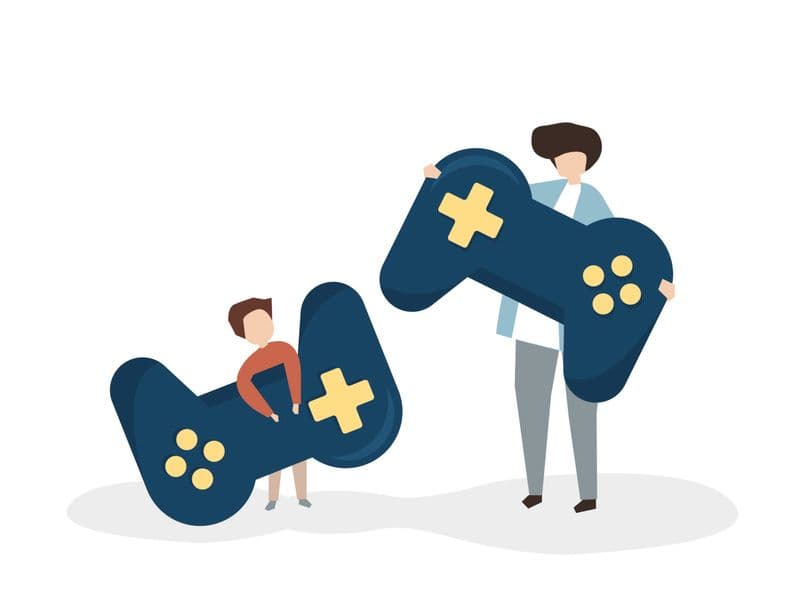
Gamification is effective because it uses the human brain mechanism of achievement and development. Theoretical perspectives such as the dopamine release, positive reinforcement, and incremental goal setting stimulate an individual to remain engaged and learn.
Small Wins as Rewards in Digital Games:
Even the smallest success can be perceived as a reward by the brain and cause the release of dopamine a neurotransmitter of the feel-good chemical stimulating further activity of learners.
Intrinsic Motivation for game based learning:
Gamification of learning elicits internal motivation; it generates specific goals, immediate feedback, and mastery as opposed to external reward.
Increased Cognitive Retention and Improved Critical Thinking:
Studies indicate that a gamified math setting improves memory, concentration and problem solving capacities through increased interaction and emotional involvement in the learning process.
Difference Between Games and Gamification

It should be explained that gamification should not be confused with playing games during classes. Though both are based on the game-like factor, they are different in their purpose, design, and effect on education. Knowing this difference would enable teachers to employ gamification as a pedagogical approach instead of entertainment.
Games are created to be fun, challenging and competitive. They are primarily aimed at entertaining the players by means of organised play, rules, and plots.
Instead, gamification takes the motivational components of the game, including points, badges, progress bars, leaderboards, and challenges, and transfers them to the non-game setting, typically a lesson, assessment, or classroom activity.
Gamification adopts the combination of learning goals and gameplay in order to turn passive learning into an active one, which means that students become more committed to goal achievement, master of skills and watch their personal progress.
Aspect | Games | Gamification |
Purpose | Entertainment, fun, and competition | Engagement, motivation, and learning reinforcement |
Nature | A complete, standalone experience | An enhancement layered over existing learning processes |
Goal | To win, complete missions, or achieve high scores | To improve participation, focus, and knowledge retention |
Design Focus | Storytelling, rules, challenges, and player strategy | Game mechanics like points, levels, rewards, and feedback integrated with educational goals |
Teacher's Role | Facilitator or observer of gameplay | Designer of gamified learning activities and progress trackers |
Example in Education | Playing Minecraft: Education Edition to explore virtual worlds | Earning badges for completing math worksheets or reaching a new “level” in vocabulary practice |
Motivation Type | Primarily extrinsic (fun, winning, competition) | Mix of intrinsic (achievement, mastery) and extrinsic (points, rewards) motivation |
Outcome | Enjoyment, teamwork, strategic thinking | Increased engagement, better retention, and consistent progress tracking |
Cases of Gamification Techniques in Education.
Mathematics: Making multiplication practice a level-up challenge, where the students get access to a new level every time they get better.
Language Learning: Accolades of learning vocabulary or passing grammar quizzes electronically.
Science Projects: Visualizing progress bars to represent the completion of an experiment or the collection of data.
Class Participation: To encourage teamwork, innovativeness, and attendance, introduce leader boards or points.
Benefits of Gamification in Math Education

Gamification will turn passive learning in math into an interactive and engaging learning process. Students are not taught mathematical rules, but rather confront mathematical challenges, levels and rewards. The system of points, badges, and progress triggers learning as a game atmosphere, which stimulates interest, enthusiasm, and regular involvement. Consequently, students would be engaged in the learning process as they will be eager to solve problems instead of evading them.
Gamification allows learners to gain deeper conceptual understanding by being able to provide immediate feedback as well as through visual interactions. The ability to observe the effect of student actions on the results, e.g., changing the shape of fractions, responding to inputs with numbers, etc., helps them better comprehend abstract concepts. Errors are encompassed in the process of learning, as they can be corrected in real-time, and the knowledge is strengthened through learning and experimentation. Such interactivity makes mathism touchable and more relatable to real world reasoning.
Also, through gamified learning, perseverance and confidence are fostered since progress is rewarded and not perfection. Students progress at a pace that they are comfortable with and get reward by achieving levels or being rewarded by hard work. This individual learning style relieves stress and creates a feeling of success. Gradually, the learners acquire the growth mentality as they discover that practice makes them masters of math- turning math into a fun activity.
Immediate Feedback and Progress Tracking
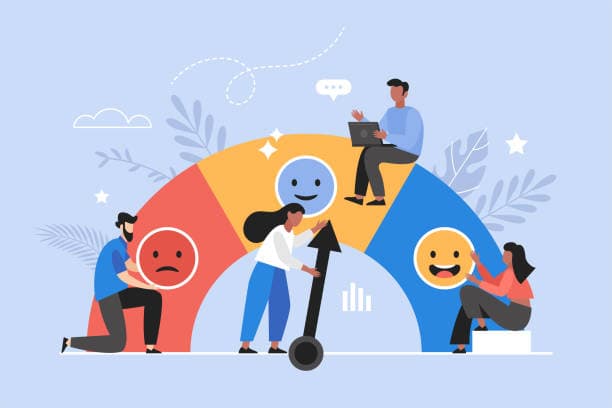
Among the largest advantages of gamification in education, one can single out immediate feedback loops that draw a learner a clearer picture of his/her progress in real-time.
Instant Feedback: Interactive math apps and games can give immediate feedback as to whether an answer is correct or incorrect and students can immediately correct their mistakes.
Visual Progress Tools: Progress bars, dashboards, and badges enable the children to see the extent to which they have been improving, and they have a clear feeling of achievement.
Promotes Self-Correction: Fast feedback minimizes frustration and encourages students to learn on their own, since they are able to change their strategies instantly.
Promotes Confidence: This real-time response system helps reduce the fear of failure as the mistakes become learning opportunities.
Examples: When the child completes 10 addition problems in a row without any errors and receives a badge that says he is already a Math Master, it will motivate him to work continuously and will help him develop confidence based on his observable improvements.
Making Abstract Concepts Concrete
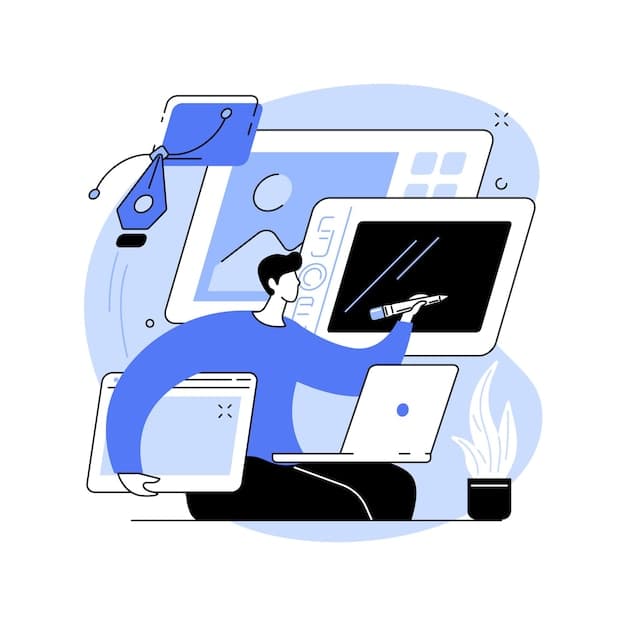
Mathematics may also seem remote and unrelated with real life, particularly among young students. Gamification can fill this gap by transforming the complex concepts into interactive and visual-engaging experience.
Learning visually via games: Math games that are gamified allow kids to visualize fractions, patterns, or equations in action, such as a child splitting a pizza to learn about fractions or a child matching patterns to learn sequences.
Practical Knowledge: Simulations, puzzles, visual models enable the students to see how math is applied in real life like budgeting in a virtual shop or coming up with angles in a design project.
Interactive Exploration: Students play with shapes, graphs or numbers by using such platforms as Codeyoung to build, test and refine their knowledge through playing and experimentation.
Gamification makes abstract mathematical concepts concrete and thus converts rote learning to discovery learning.
Gamification Examples in Math Education
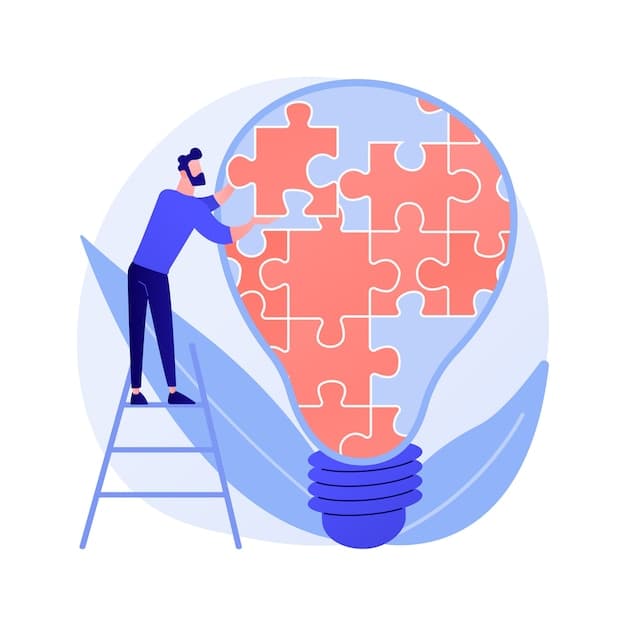
Gamification has also changed the student interaction with math making learning a goal-oriented fun process. A number of platforms and classroom strategies demonstrate the effectiveness of this approach in terms of motivation and understanding.
Online Learning Platforms: Wapplications such as Khan Academy, Prodigy and Codeyoung incorporate gaming concepts like the use of points, badges and levels to reward learners. Students receive attainments on mastering skills and this serves to keep them motivated to study further.
Challenges in Classrooms: Teachers can make a lesson interactive by having classroom math games in teams, scavenger hunts, or puzzle competitions. These activities enhance cooperation, good competition and real-time problem solving.
Skill-Based Reward Systems: Gamified systems reward skill mastery, rather than test scores: for example, unlocking new levels or new themes when a student is certain about being able to successfully solve a specific type of problem.
With fun, recognition and progress tracking, these examples demonstrate that gamification can transform math not only to a study item, but to an adventure to have.
Codeyoung's Approach to Math Gamification

At Codeyoung, gamification does not merely involve the addition of fun, but it is a carefully considered approach toward learning that stimulates interest, encouragement, and comprehension.
Interactive Learning Environment: Codeyoung incorporates live interaction, points, and milestones during the math lessons. Badges and rewards are awarded to students upon accomplishment of challenges, and each solved problem becomes a step towards mastery.
Intelligence and Advice: Combining AI and Human Feedback: Students have real-time feedback of their strengths and areas of improvement, and teacher-guided feedback ensures their constant motivation and individualised learning experience.
Exciting “Missions" and Challenges: Lessons can be performed as missions, puzzle hunts or real-life math problems where students work in teams, compete and creatively solve problems.
Using a combination of technology, gamified rewards, and live mentorship, Codeyoung makes learning math more interactive and goal oriented to ensure that the students remain curious and assured.
Case Studies and Success Stories

The influence of gamification is most effective when perceived in real life changes. Students have recorded impressive gains both on the different platforms and in their approach to math in classrooms.
Student Success Stories: Gamified lessons have helped many students who were once unable to get simple concepts quickly gain confidence and accuracy. As an illustration, a Codeyoung learner, who had learned fractions with some challenges, actually learned how to play with them after playing interactive games with fractions and participating in weekly challenges.
Quantitative Improvements: Research and in-house data indicate that students who apply gamified math tools are up to 40% more accurate and 25% more attentive, which means that learners are more engaged and have a better retention rate.
Positive Feedback on the parents and teachers: Parents indicate that they see their children more willing to play math rather than avoid it; teachers report improved participation and cooperation with peers in class.
These success stories emphasize how gamification is not only teaching math but it is changing the attitude of students towards learning math and the element of anxiety is being replaced by excitement and hard-work paying off in quantifiable improvements.
Implementing Gamification for Different Age Groups
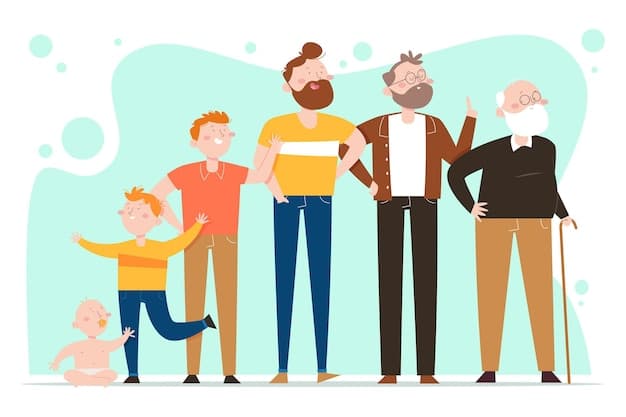
The flexibility of gamification is one of its biggest advantages in the field of education as it can be adapted to an age group of learners, both the inquisitive kindergartener and the analytical teenager. With the help of images, incentives, and challenges, teachers might make sure that each learner will feel motivated and challenged accordingly.
In the case of Younger Learners: Kindergarten and first- to second-grade students react to the visuals, animations, and the simplest reward systems such as stars, stickers, or badges. These factors ensure that abstract math concepts become real and lessons remain fun and entertaining.
In the case of Middle and High School students: Elderly students are motivated by competition and mastery. Such functions as leader boards, time-limited contests, and group problem solving competitions promote strategic thinking and perseverance.
Adaptive Difficulty: To stabilize balance, gamified systems have adaptive difficulty levels, which mean that tasks are not too difficult and are not too simple. This avoids frustration and maintains the motivation of students as they proceed.
With the adaptation of gamification to various levels of development, teachers will be able to establish unique learning processes and make math a fun, attainable, and satisfying experience across all ages.
Addressing Concerns About Gamification

Although gamification has been found to be a very effective way of interacting with students, there are parents and teachers with serious concerns that learning and playing may be confused. Nevertheless, the highly organized gamified learning is not similar to the entertainment-oriented gaming and has the well-defined educational outcomes.
Learning vs Entertainment: Unlike the traditional video games, which were simply about having fun, educational gamification incorporates rewards, levels and feedback in the lessons that strengthen the actual concepts of math and solving problems.
Supported by Research: Research indicates that students who learn math through gamification have been able to maintain greater attention spans, accuracy, and conceptual knowledge than students who learn math using traditional learning techniques.
Balanced and Purposeful Design: Game products such as Codeyoung make sure that learning is increased rather than substituted by gamification. All the challenges, badges, and missions are associated with an objective academic progress, which is facilitated by the teacher guidance and feedback.
Gamification is a combination of motivation and meaningful learning, creating focus and confidence, and showing that play, in the proper setup, can become a strong avenue to academic achievements.
Conclusion
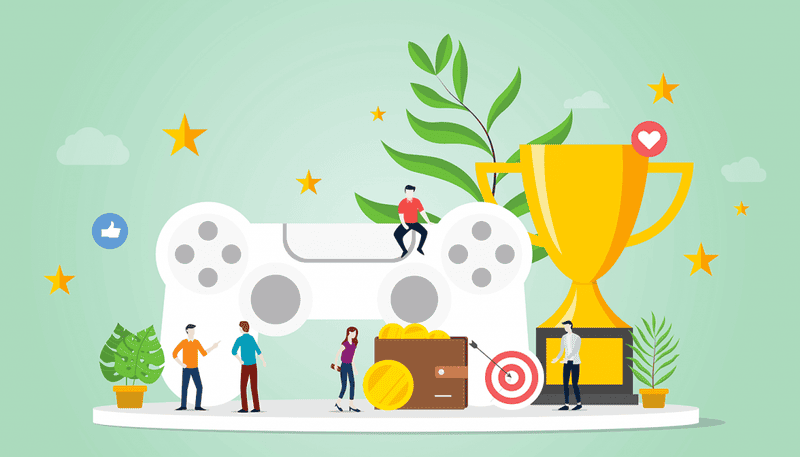
Gamification in math education is redefining how students learn, stay motivated, and achieve success. By combining game-based learning with structured educational content, students not only earn points and rewards but also develop a deeper understanding of concepts through gamified activities and educational games. Research comparing students in a control group with those exposed to game elements consistently shows higher engagement, better retention, and stronger problem-solving skills among the latter.
Moreover, learning activities that encourage social interaction make studying more fun and collaborative, turning education into an exciting challenge rather than a chore. With the right balance of motivation, feedback, and interactivity, game-based learning empowers students to answer questions confidently, explore creatively, and enjoy every step of their academic journey.
FAQs- Improved Learning Outcomes Using Gamification
How much screen time is appropriate for different age groups of children?
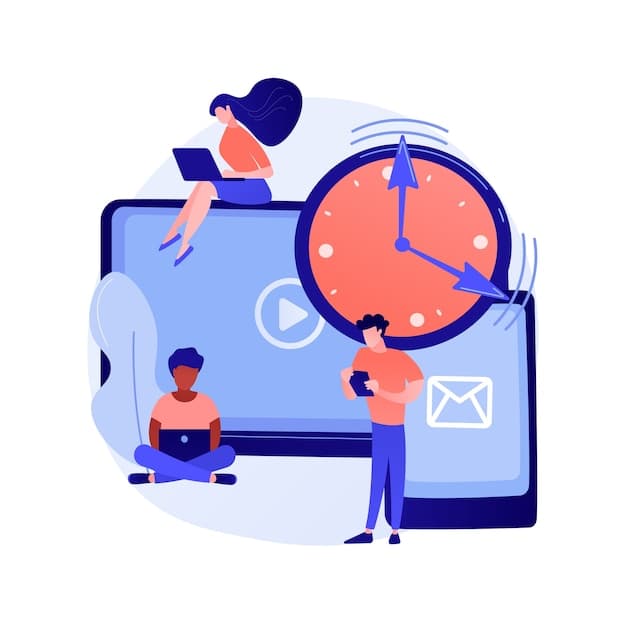
Ages 25 years: No more than one hour per day, based on high-quality, educative content.
6-12 age group: 1-2 hours of off-school recreational screen time.
Teens (13-18): A non-academic screen time of up to 23 hours is okay as long as it is not at the expense of sleep, schoolwork, or exercise.
How can I tell if my child's screen time is affecting their health or academics?

Look out warning signs like poor grades, offline irritability, lack of concentration or outdoor or social activities. Such physical symptoms as strained eyes, headaches, or poor sleep also may indicate too much screen time.
What are some tech tools that can help monitor and manage screen time?

Through application such as Google Family link, Apple screen time or Microsoft family safety, parents can monitor usage, limit time, and monitor activity on the apps. These technologies are able to strike the right balance between fun and unsupervised learning.
How can I encourage good online class habits when my child needs to use screens for school?

Set up a schedule with definite study and rest periods. You can sit your child at a desk instead of a bed, ensure there are no distractions nearby such as phone or television, and allow yourself some short screen-free intervals between every 30 to 45 minutes to allow your child to rest his or her eyes.
What are signs that my child needs a digital detox, and how should I implement it?

When a child exhibits mood fluctuations, sleep disorders, lack of social interactions, and/or perpetual screen time, a digital detox might be the way forward. Begin by slowly limiting screen time spending, by substituting it with offline activities, play outside and family time. By example, children will also tend to follow as they observe healthy screen time at home.
Comments
Your comment has been submitted successfully!